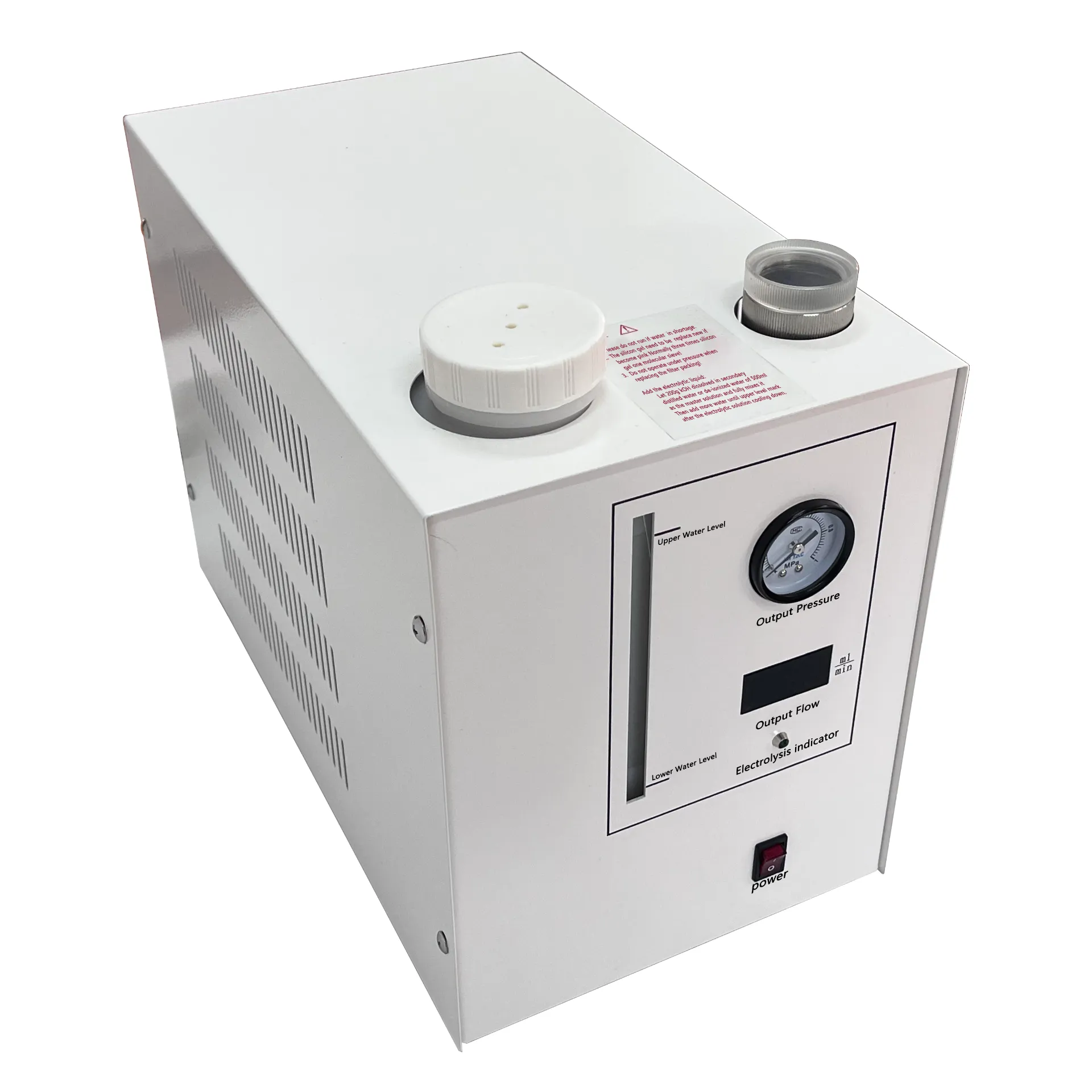 English
English



-
 Afrikaans
Afrikaans -
 Albanian
Albanian -
 Amharic
Amharic -
 Arabic
Arabic -
 Armenian
Armenian -
 Azerbaijani
Azerbaijani -
 Basque
Basque -
 Belarusian
Belarusian -
 Bengali
Bengali -
 Bosnian
Bosnian -
 Bulgarian
Bulgarian -
 Catalan
Catalan -
 Cebuano
Cebuano -
 China
China -
 China (Taiwan)
China (Taiwan) -
 Corsican
Corsican -
 Croatian
Croatian -
 Czech
Czech -
 Danish
Danish -
 Dutch
Dutch -
 English
English -
 Esperanto
Esperanto -
 Estonian
Estonian -
 Finnish
Finnish -
 French
French -
 Frisian
Frisian -
 Galician
Galician -
 Georgian
Georgian -
 German
German -
 Greek
Greek -
 Gujarati
Gujarati -
 Haitian Creole
Haitian Creole -
 hausa
hausa -
 hawaiian
hawaiian -
 Hebrew
Hebrew -
 Hindi
Hindi -
 Miao
Miao -
 Hungarian
Hungarian -
 Icelandic
Icelandic -
 igbo
igbo -
 Indonesian
Indonesian -
 irish
irish -
 Italian
Italian -
 Japanese
Japanese -
 Javanese
Javanese -
 Kannada
Kannada -
 kazakh
kazakh -
 Khmer
Khmer -
 Rwandese
Rwandese -
 Korean
Korean -
 Kurdish
Kurdish -
 Kyrgyz
Kyrgyz -
 Lao
Lao -
 Latin
Latin -
 Latvian
Latvian -
 Lithuanian
Lithuanian -
 Luxembourgish
Luxembourgish -
 Macedonian
Macedonian -
 Malgashi
Malgashi -
 Malay
Malay -
 Malayalam
Malayalam -
 Maltese
Maltese -
 Maori
Maori -
 Marathi
Marathi -
 Mongolian
Mongolian -
 Myanmar
Myanmar -
 Nepali
Nepali -
 Norwegian
Norwegian -
 Norwegian
Norwegian -
 Occitan
Occitan -
 Pashto
Pashto -
 Persian
Persian -
 Polish
Polish -
 Portuguese
Portuguese -
 Punjabi
Punjabi -
 Romanian
Romanian -
 Russian
Russian -
 Samoan
Samoan -
 Scottish Gaelic
Scottish Gaelic -
 Serbian
Serbian -
 Sesotho
Sesotho -
 Shona
Shona -
 Sindhi
Sindhi -
 Sinhala
Sinhala -
 Slovak
Slovak -
 Slovenian
Slovenian -
 Somali
Somali -
 Spanish
Spanish -
 Sundanese
Sundanese -
 Swahili
Swahili -
 Swedish
Swedish -
 Tagalog
Tagalog -
 Tajik
Tajik -
 Tamil
Tamil -
 Tatar
Tatar -
 Telugu
Telugu -
 Thai
Thai -
 Turkish
Turkish -
 Turkmen
Turkmen -
 Ukrainian
Ukrainian -
 Urdu
Urdu -
 Uighur
Uighur -
 Uzbek
Uzbek -
 Vietnamese
Vietnamese -
 Welsh
Welsh -
 Bantu
Bantu -
 Yiddish
Yiddish -
 Yoruba
Yoruba -
 Zulu
Zulu
corrosive sulphur test in transformer oil
Understanding the Corrosive Sulphur Test in Transformer Oil
Transformer oil plays a crucial role in the operation and longevity of transformers used in electricity distribution and transmission. One of the key quality parameters for transformer oil is the presence of corrosive sulphur, which can lead to severe equipment failures and unscheduled outages. To mitigate these risks, the corrosive sulphur test has become an essential process in ensuring the reliability and integrity of transformer oil.
What is Corrosive Sulphur?
Corrosive sulphur refers to the presence of certain sulphur compounds that, when in contact with metallic surfaces, can lead to accelerated corrosion. These compounds can react with copper and copper alloys used in transformer windings and connections, forming conductive products that can result in short circuits, breakdowns, or even catastrophic failures. The most common corrosive sulphur compounds found in transformer oils include mercaptans and thiophenes.
Importance of the Corrosive Sulphur Test
The corrosive sulphur test is vital for several reasons
1. Equipment Protection It helps in identifying oils that pose a risk of corrosion to transformer components, ensuring that only safe oils are used in the equipment.
2. Operational Reliability By ensuring that the transformer oil is free from corrosive sulphur, utilities can improve the reliability of their transformers, reducing the likelihood of failures and maintenance costs.
3. Compliance Many industry standards and manufacturer specifications require testing for corrosive sulphur content. Compliance with these standards is essential for legal and insurance considerations.
The Testing Process
The standard method for testing corrosive sulphur in transformer oil is outlined in ASTM D1275
. This test involves several stepscorrosive sulphur test in transformer oil

1. Sample Preparation A sample of transformer oil is taken, typically under controlled conditions to avoid contamination.
2. Heating and Reaction The oil sample is heated and then reacted with a copper strip. The heating process helps to accelerate the chemical reactions between the oil and any corrosive sulphur compounds.
3. Observation of Corrosion After a set period, the copper strip is examined for signs of corrosion, which typically presents as discoloration or pitting on the metal surface.
4. Rating the Corrosivity The extent of corrosion is rated based on established criteria, allowing operators to determine whether the oil passes or fails the test.
Preventive Measures and Solutions
If transformer oil is found to be corrosive, several remedial actions can be taken
1. Oil Filtration Using filtration systems that specifically target sulphur compounds can help remove corrosive elements from the oil.
2. Oil Replacement In cases of severe contamination, replacing the transformer oil with compliant, non-corrosive oil may be necessary.
3. Regular Monitoring Establishing a routine testing schedule allows for early detection of corrosive oil issues, helping in timely interventions.
Conclusion
The corrosive sulphur test is a critical procedure in the maintenance and operation of transformers. As the demand for reliable electrical infrastructure grows, so too does the importance of ensuring that transformer oils are free from harmful corrosive compounds. By adhering to testing protocols and implementing preventive measures, utilities can enhance the lifespan and reliability of their transformers, ultimately contributing to a stable and secure power supply. Regular vigilance in monitoring transformer oil quality not only protects the assets but also supports the efficient operation of the electricity grid as a whole.
-
Ensuring Transformer Reliability with High-Precision Turns Ratio TestingNewsJul.18,2025
-
Ensuring SF₆ Gas Safety: Introducing PUSH’s Integrated SF₆ Analyzer for Dew Point, Purity, and Decomposition MonitoringNewsJul.10,2025
-
Exploring the Main Types of Industrial Endoscopes and Their Applications Across IndustriesNewsJul.04,2025
-
Testing Equipment Industry Sees Major Advancements in 2025: Smart & Precision Technologies Lead the WayNewsJun.06,2025
-
Applications of Direct Current Generators in Renewable Energy SystemsNewsJun.05,2025
-
Hipot Tester Calibration and Accuracy GuidelinesNewsJun.05,2025



